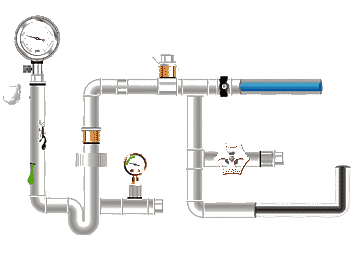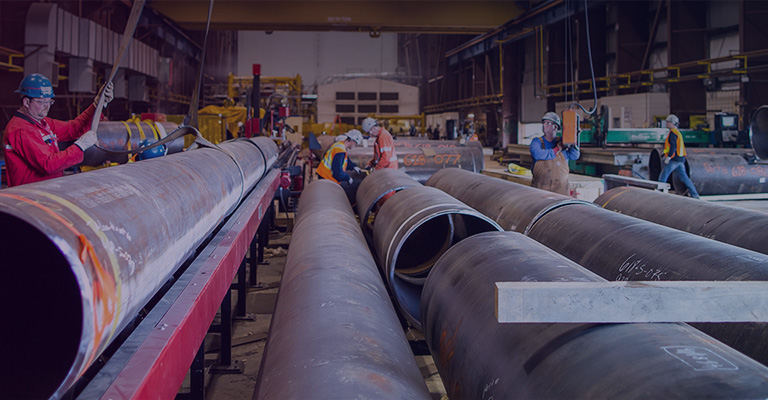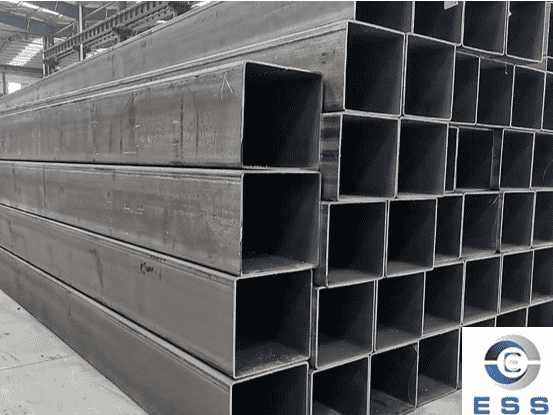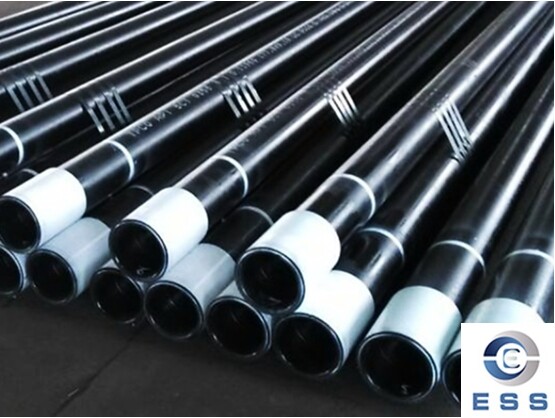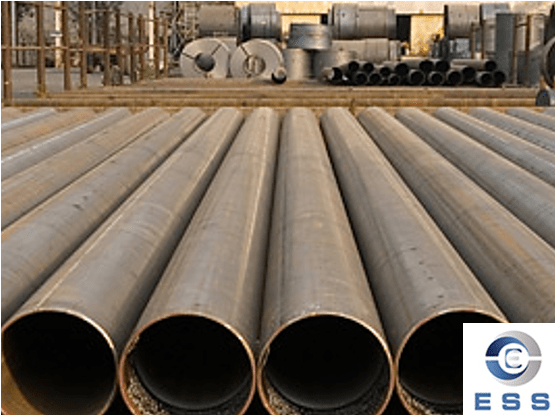There are obvious differences between
cold-drawn seamless
steel pipe and hot-rolled seamless steel pipe in manufacturing process,
materials and performance, application fields, appearance and dimensional
characteristics, manufacturing cost and difficulty. When choosing to use
seamless steel pipes, you should choose according to specific needs and
application scenarios. In practical applications, cold-drawn seamless steel
pipes perform particularly well under extreme working conditions due to their
high strength and high precision, such as deep-sea oil and gas exploration, aerospace
and other fields, and their long-term stability and corrosion resistance have
become irreplaceable advantages. However, this also means that under normal
working conditions, there may be problems of over-design leading to rising
costs.
In contrast, although the performance of
hot-rolled seamless steel pipes is slightly inferior, its good toughness and
low manufacturing cost make it occupy an important position in many
infrastructure and industrial applications. Especially in scenarios that
require large quantities and rapid installation, such as urban water supply and
drainage systems, HVAC projects, etc., hot-rolled seamless steel pipes are the
first choice because of their economy and easy processing. The following is a
detailed analysis of the difference between cold-drawn seamless steel pipes and
hot-rolled seamless steel pipes:
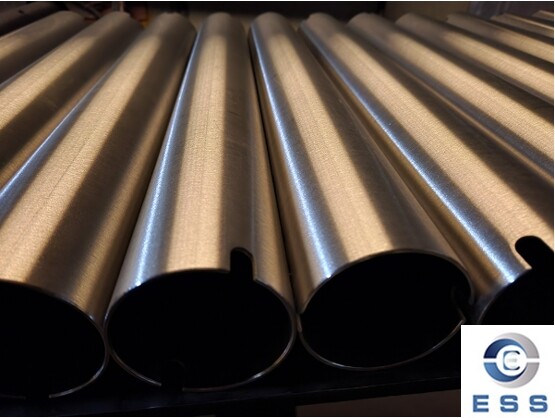
Differences in manufacturing processes
1. Cold-drawn seamless steel pipes
Made through multiple drawing and annealing
treatments. The specific process is to pass the steel billet through a hole
with a certain specification of round holes, and gradually reduce the pipe
diameter and increase the wall thickness through multiple drawing.
2. Hot-rolled seamless steel pipes
Made through a rolling process at high
temperature. The specific process is to heat the steel billet in a heating
furnace to above the recrystallization temperature, and then through continuous
rolling of multiple rollers, the steel billet is gradually deformed and
thinned, and finally a seamless steel pipe of the required specifications is
formed.
Differences in appearance and
dimensional characteristics
1. Cold-drawn seamless steel pipes
Generally, the diameter is small, mostly
below 127mm, the outer diameter accuracy is very high, the length is usually
shorter than that of hot-rolled seamless steel pipes, and the wall thickness is
more uniform.
2. Hot-rolled seamless steel pipes
The outer diameter is generally greater
than 32mm, the wall thickness ranges from 2.5-75mm, the outer diameter accuracy
is relatively low, and the surface may be rough.
Differences in materials and properties
1. Cold-drawn seamless steel pipe
Cold-drawn seamless steel pipes are
generally made of high-carbon steel or alloy steel, with high strength,
hardness and fatigue resistance, but relatively poor toughness.
2. Hot-rolled seamless steel pipes
Hot-rolled seamless steel pipes are made of
low-carbon steel or low-alloy steel, with low strength and hardness, but good
toughness, and are easy to process and weld.
Differences in manufacturing cost and
difficulty
1. Cold-drawn seamless steel pipe
The manufacturing process is complex,
requiring multiple drawing and annealing treatments, long production cycle, low
output, and therefore high manufacturing cost.
2. Hot-rolled seamless steel pipe
The manufacturing process is relatively
simple, with a short production cycle and high output, so the manufacturing
cost is relatively low.
Differences in application areas
1. Cold-drawn seamless steel pipe
Cold-drawn seamless steel pipes are mainly
used to manufacture pipelines and mechanical parts for high-precision,
high-pressure, high-temperature and special medium transportation, such as
automobile drive shafts, turbine engines, high-pressure vessels, etc.
2. Hot-rolled seamless steel pipe
Hot-rolled seamless steel pipe is more used
to manufacture structural parts and fluid delivery pipelines that do not
require high strength but require good toughness, such as building structures,
boilers, water and gas pipelines, etc.
Summary
There are significant differences between
cold-drawn seamless steel pipes and hot-rolled seamless steel pipes in terms of
manufacturing process, material properties, application areas, appearance
dimensions and manufacturing costs. Cold-drawn steel pipes have high strength
but poor toughness and are suitable for high-precision and high-pressure
occasions; hot-rolled steel pipes have good toughness but low strength and are
mostly used for structural parts and fluid delivery. The choice should be made
according to specific needs. With the advancement of science and technology and
the innovation of technology, the seamless steel pipe industry is also
developing continuously. The introduction of new materials, such as stainless
steel and duplex steel, has further enriched the types and performance of
seamless steel pipes, enabling them to adapt to more diversified application
needs. At the same time, the establishment of intelligent production lines not
only improves production efficiency and product quality, but also reduces
energy consumption and emissions, and promotes the sustainable development of
the seamless steel pipe industry.
Read more: Din en 10220 seamless steel pipes









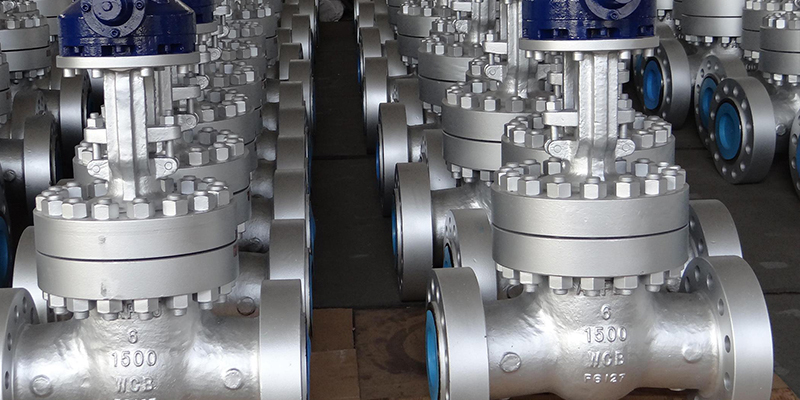
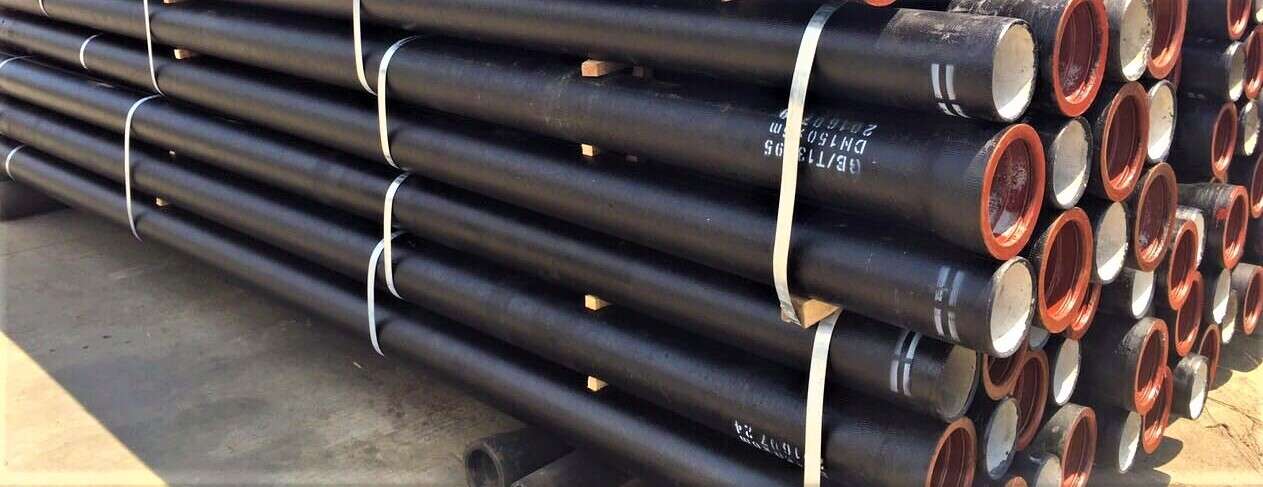


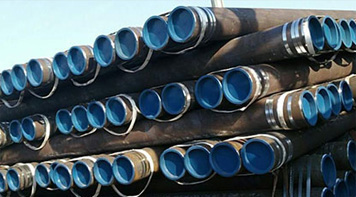 Eastern Steel Manufacturing Co.,Ltd not only improve product production and sales services, but also provide additional value-added services. As long as you need, we can complete your specific needs together.
Eastern Steel Manufacturing Co.,Ltd not only improve product production and sales services, but also provide additional value-added services. As long as you need, we can complete your specific needs together.
